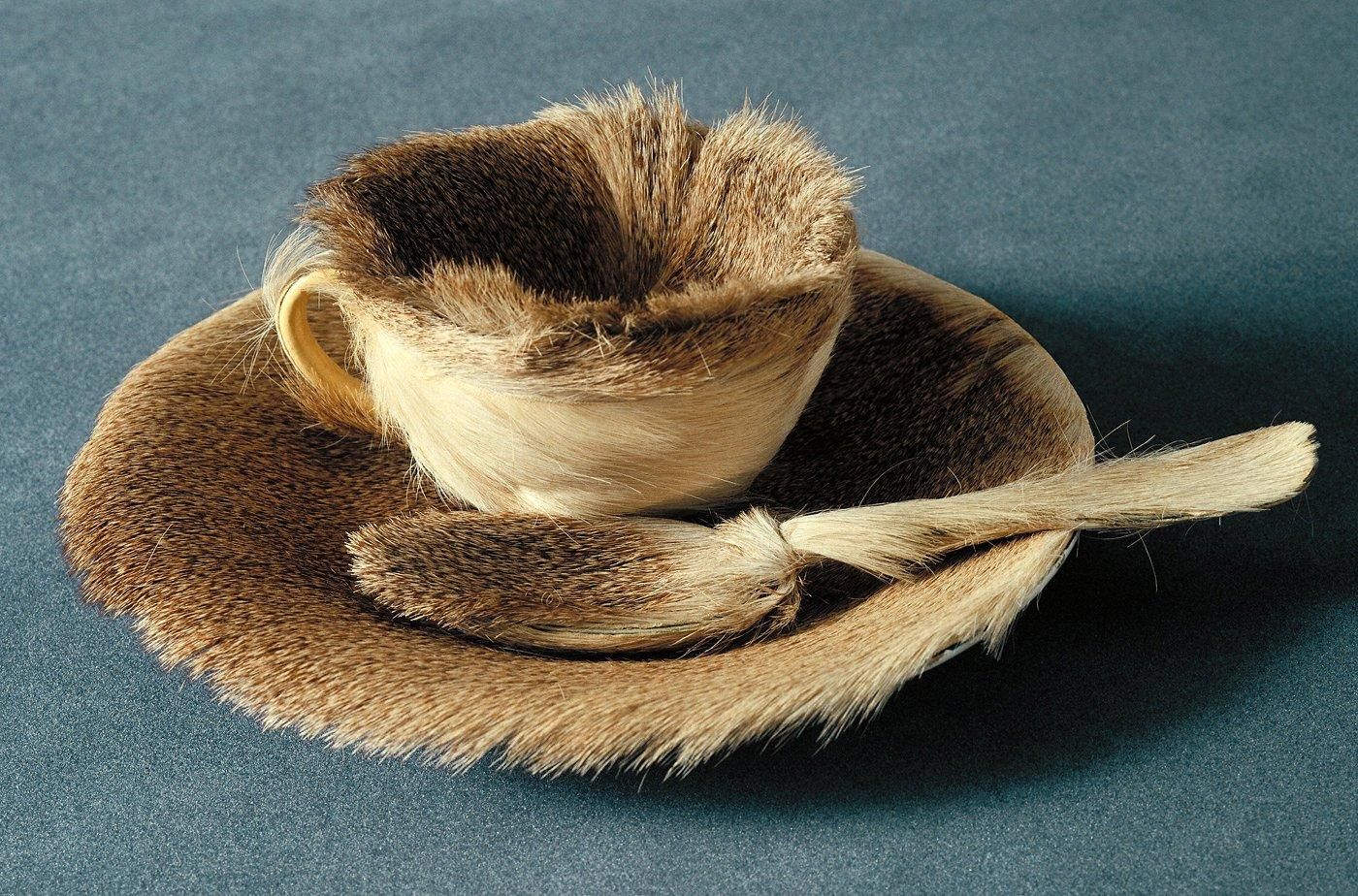Pop art can be viewed as a unique phenomenon that combines different trends peculiar to the modern world. First of all, it started to serve as a commodity and can be sold to generate value. Second, pop art reflects the evolution of business and is often used as a method to sell some goods, concepts, or ideas. For this reason, it acquired unusual features that differentiate modern art from past forms. Transparency is considered one of the central elements of pop art that can be found in the majority of works. For instance, Object by Oppenheim can be viewed as a surrealistic art object (Sayre 342).

However, it is readily understood and characterized by the visibility of information. Looking at it, viewers can see objects covered with fur, which was the main idea of the creator. There is no deceit, and the image can be seen through, which means that transparency becomes one of the primary characteristics of the given artwork. At the same time, pop art, as the continuation of these visions and reflection of a new epoch, tries to send explicit images to viewers for them to understand the context and enjoy the feeling of belonging to modern trends, which is also vital for business and is often used by corporations.
Thus, being an integral part of modern art, transparency at the same time becomes unpredictable and risky for consumers, people, and the business world. It shows individuals how things really look like, instead of their mental images or expectations (“The Greatest TED Talk Ever Sold”). In other words, transparent pictures of pop art might help people to avoid illusions and step away from the socially accepted perspective that is usually employed when looking at objects, determining their value, or their importance for a person at a particular moment of time. In some cases, the cost of an item might be doubtful, and the desire to possess it might come from the existing fashionable trends or advertising campaigns. From this perspective, transparency becomes dangerous as it shows that a thing is not valuable for a person, and he/she wants to possess it as a result of social pressure or the absence of his/her own ideas.
Today, one cannot imagine a big city without advertising as it is an integral part of urban life. Millions of images look at people from buildings, constructions, and billboards. They offer a huge amount of data related to different areas, products, and services. In some cases, it might be exhausting and annoying as individuals can also be tired from multiple objects they see every day. For this reason, the idea of stripping cities of all advertising can be considered a good idea by some individuals. First, it will help to reduce the level of stress that is caused by all images and data they provide to people.
At the same time, stripping cities of all advertising might serve as an extremely powerful stimulus for the emergence and evolution of a new kind of art. Today, these objects are usually linked to pop art and its specific peculiarities. At the same time, the dominance of these forms deprives other ways to express emotions of a chance to evolve and succeed. Accepting the fact that the cultural vacuum will always be filled with new approaches to creativity and art, elimination of all advertising and stripping cities might be viewed as a good idea as it will cultivate the rise of fresh styles.
Works Cited
Sayre, Henry. The Humanities: Culture, Continuity, & Change. Vol. 2. 4th ed., Pearson, 2019.
“The Greatest TED Talk Ever Sold.” TED, uploaded by TED Talks, 2011, Web.